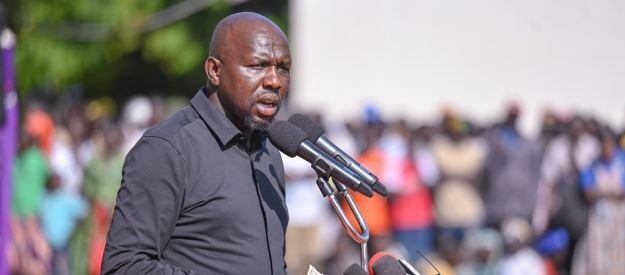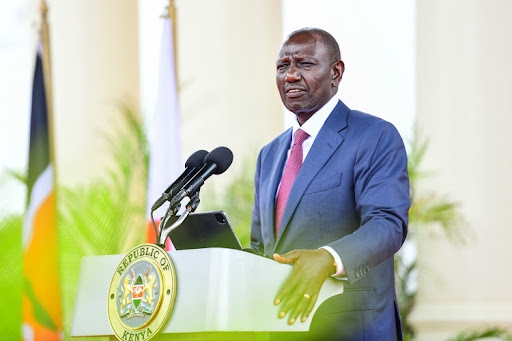Health officials in Kenya have detected poliovirus in a number of sewage samples, raising concern about the continued viral spread.
Kenya uses sewage monitoring for various diseases, including polio, as a form of an early warning system for potential outbreaks.
The recent positive samples were classified as a circulating vaccine-derived poliovirus type 2 (CVDPV 2), which sometimes causes paralysis in people who have not been fully vaccinated.
“Three cVDPV2-positive environmental samples were reported; two in Garissa and one in Nairobi,” said the Global Polio Eradication Initiative (GPEI), which tracks polio outbreaks globally.
The findings are not surprising because there was already evidence that vaccine-derived polio, originating from Somalia, is spreading in Kenya.
Eight vaccine-derived cases have this year been confirmed in children, who are now paralysed.
The positive sewage samples may also need not worry Kenyans because it is expected that a significant proportion of samples will contain virus strains derived from the oral polio virus (OPV) vaccine, which Kenya uses for vaccination.
OPV is preferred because it is cheap and easy to administer. Two doses confer lifetime immunity.
WHO says the vaccine itself does not cause the disease, so there is completely no risk when one is immunised with it.
The OPV contains a live, weakened form of poliovirus. On rare occasions, when replicating in the gastrointestinal tract, OPV strains genetically change and may be excreted as live viruses that can paralyse.
They may spread in communities that are not fully vaccinated against polio, especially in areas where there is poor hygiene, poor sanitation, or overcrowding and cause Acute flaccid paralysis (AFP) in extremely few cases.
AFP surveillance is the gold standard for surveillance in polio eradication, the World Health Organisation says.
Kenya has this year conducted three rounds of OPV vaccination, reaching millions of children.
The final round of mass polio vaccinations ended on Wednesday last week.
The last vaccination campaign took place in seven high-risk counties, Public Health PS Mary Muthoni said.
They are: Garissa, Kiambu, Kajiado, Kitui, Lamu, Machakos, Mandera, Nairobi, Tana River and Wajir.
According to the ministry, the wild polio, the virus which circulates naturally in the environment, was eliminated in Kenya in 1984.
All cases in the current outbreak are linked to vaccine-derived strains of the virus.
“All [human] cases have been reported in Garissa county in Hagadera and Daadab Refugee camps,” Dr Emmanuel Okunga, head of the division of disease surveillance and response, told the media last month.
The cases sequenced so far have been traced to Somalia, where the infected refugee children came from.
The first cases were reported in May, rising to six in July.
In response, the Ministry first vaccinated 1.9 million children in Kiambu, Kajiado, Garissa and Nairobi counties between August 24 and 28.
The second round took place in October in 10 high-risk counties namely, Mandera, Wajir, Tana River, Lamu, Kitui, Machakos, Kiambu, Kajiado, Nairobi and Garissa, targeting 3,119,158 children.
Muthoni said all children under 15 years in all refugee camps in Garissa as well Fafi and Daadab Subcounties were vaccinated.
“For a long time, it has been assumed that polio largely affects children under five years of age,” she said.
“However, the confirmation of the virus in a seven-year-old child re-affirms that polio is a threat to all persons, irrespective of age in areas where population immunity is compromised.”
Polio has no treatment and the disease can only be prevented through vaccination.
Initial symptoms of the disease are fever, fatigue, headache, vomiting, stiffness of the neck and pain in the limbs.
“Every member of the public should report suspected polio cases to the nearest health facility or chief, including nyumba kumi,” Muthoni said.
This is for suspected cases among children under 15 years who develop sudden onset of weakness (paralysis) of the hands or legs or both without a history of injury.

















